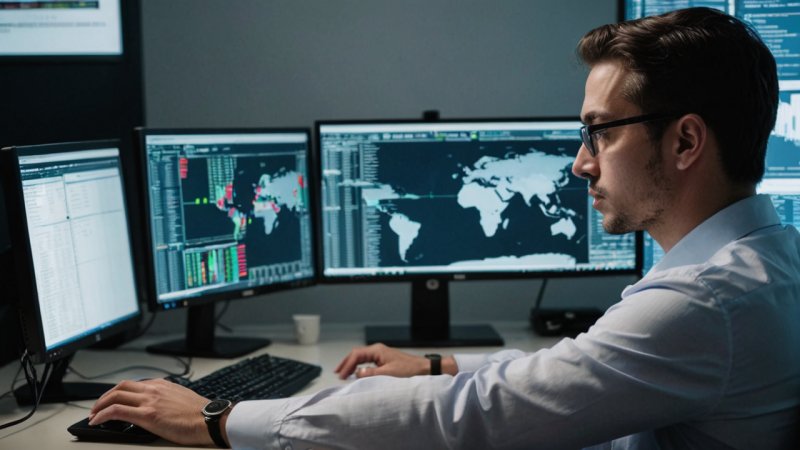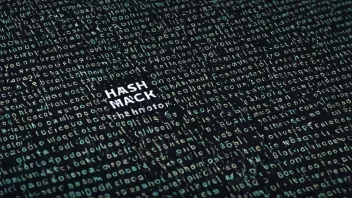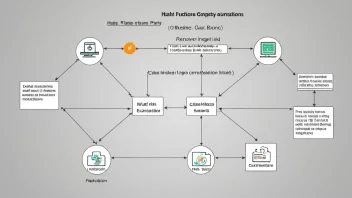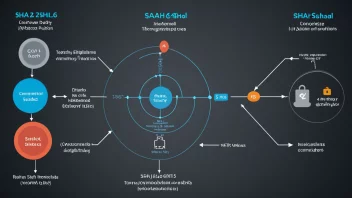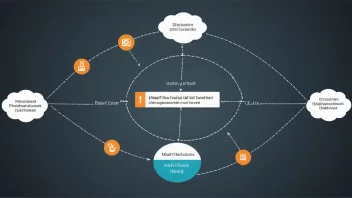Digital forensics plays a critical role in various investigations, one of the most complex being insider trading. Insider trading occurs when individuals trade based on non-public, material information about a company. This unethical practice not only undermines market integrity but also poses significant challenges for regulatory bodies. Digital forensics provides the tools and methodologies to uncover illicit activities occurring in the digital realm.
In the context of insider trading investigations, digital forensics involves the collection, preservation, and analysis of digital evidence. This includes emails, text messages, trading records, and other digital communications. Forensic experts utilize specialized software to extract and analyze data from computers, smartphones, and servers. The goal is to identify patterns of suspicious behavior, establish links between individuals, and gather evidence that can support legal actions.
One key aspect of digital forensics in insider trading is the identification of digital trails left by traders. For example, analysts can track when an insider accessed confidential information, what communications took place, and how this information was subsequently used in trading activities. This process often involves reviewing metadata, which provides insights into the timing and context of digital interactions.
Furthermore, digital forensics also enables the reconstruction of events. By piecing together digital evidence, forensic experts can create a timeline that illustrates the sequence of actions leading up to the trades in question. This timeline can be crucial in establishing intent and demonstrating that an individual acted on insider information.
Case studies highlight the effectiveness of digital forensics in insider trading investigations. For instance, the Securities and Exchange Commission (SEC) often employs forensic analysis to detect unusual trading patterns that may indicate insider trading. In one prominent case, an investigation revealed that a corporate executive had communicated with a friend about an upcoming merger. By analyzing emails and trading records, investigators were able to link the trades made by the friend to the insider information provided by the executive, leading to significant penalties.
Moreover, the rise of sophisticated technology, such as blockchain, presents both challenges and opportunities for digital forensics. Blockchain's immutable nature means that once a transaction is recorded, it cannot be altered. This can provide a clear and transparent trail of trades, making it easier for investigators to follow the money. However, the decentralized and anonymous aspects of certain cryptocurrencies complicate the tracking of individuals involved in insider trading.
In conclusion, digital forensics is an invaluable asset in the fight against insider trading. By leveraging advanced investigative techniques, forensic experts can uncover hidden patterns and establish connections that may otherwise go unnoticed. As technology continues to evolve, so too will the methods for detecting and preventing insider trading, ensuring that market integrity is upheld.
